There’s no ruder angle than doubting the Bermuda Triangle. And if you think that sentence is a little puzzling, wait till you read about what’s been going on down at the western end of the North Atlantic Ocean.
We’re pretty convinced that the Bermuda – or, if you’re playing with fire, Devil’s -Triangle holds some crazy secrets beyond human understanding. Here’s what the globe has gleaned so far…
Fire of Columbus (1492)
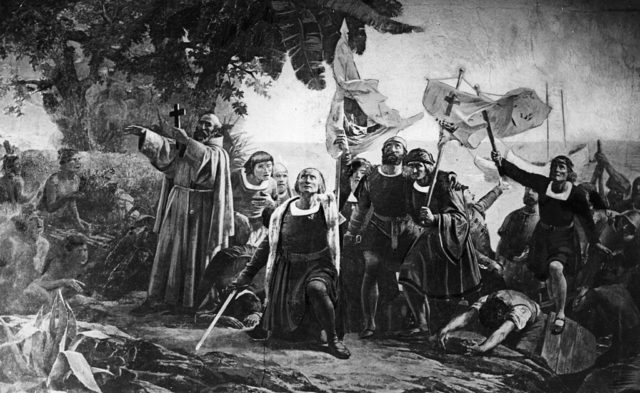
The man who reportedly discovered America (though he didn’t, which is another story) also found something wild when passing through the mysterious Triangle.
A fireball struck the water during the voyage! Talk about a hot ticket. On a less dramatic note, the compasses weren’t behaving as they should.
Verifying what actually took place is difficult. Plus, those pesky rational explanations are never far away. “It doesn’t matter that some historians believe the ‘flames’ were likely caused by a meteor,” writes the New York Post. Meanwhile, the strange readings were apparently “typical for the area’s unusual magnetic field.”
Okay, so this isn’t the most convincing example. But we’re just getting warmed up, so to speak.
Thomas Lynch, Jr. and Wife (1779)
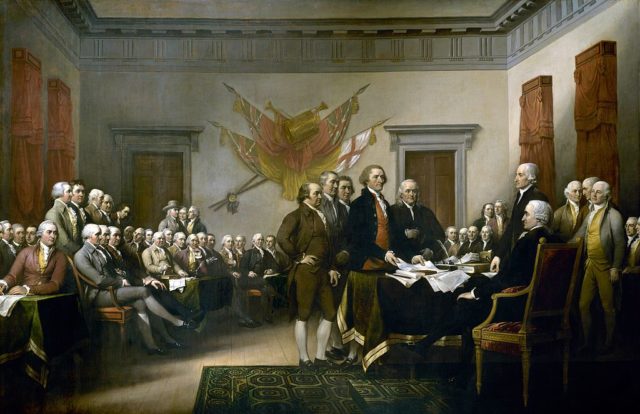
David Lynch is one of the world’s most offbeat personalities, right? Yet he isn’t the only Lynch to generate a weird mystery. Back in the 18th century, Founding Father Thomas Lynch Jr. went off grid en route to the West Indies.
He and his spouse never arrived at their destination. The disappearance of Lynch Jr. is also noteworthy, due to him being a signatory of the Declaration of Independence. Not only that, but he was the youngest of that exclusive group.
USS Cyclops (1918)
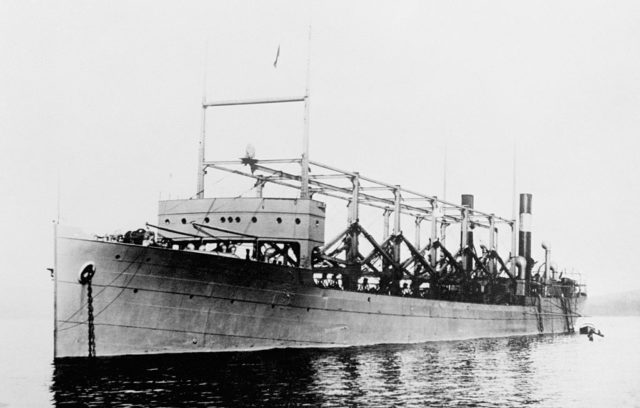
The 20th century was arguably a more enlightened age. However, the Bermuda Triangle remained ever mysterious during this time.
USS Cyclops – a battleship also referred to as a collier, or coal boat – vanished with no less than 306 crew and passengers on board. Mental Floss notes it was “the biggest loss of Navy personnel not related to combat.”
HMS Atalanta (1880)
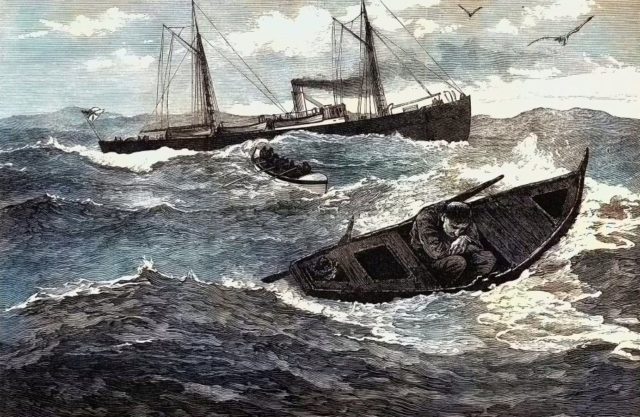
The Titanic is far removed from the notorious Triangle, but one curious detail concerns the fate of sister ship Britannic. Like its famous ship-shaped sibling, it also sank, creating a double tragedy.
What does this have to do with Bermuda? Well, it too claimed a sea-faring sister. Not the Britannic, but the HMS Atalanta. The frigate, hailing from Britain, set off from Bermuda in the 19th century and was never seen again.
Meanwhile, in the less exotic climes of the Isle of Wight, Atalanta’s sister ship HMS Eurydice went down. This happened a couple of years prior.
Carroll A. Deering (1921)
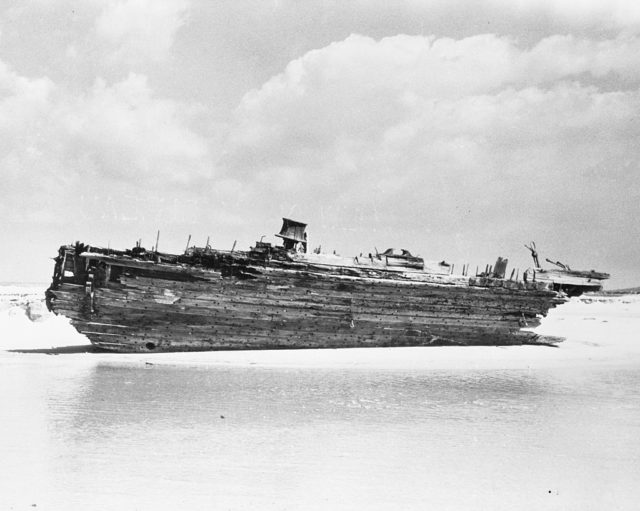
So far our stories have been interesting but, on the whole, explainable. Things get a little crazier with the cargo vessel Carroll A. Deering. As Mental Floss writes, the ship lost its Captain through illness. He disembarked in Delaware.
Rio and Barbados were its next destinations. Though once the boat reached North Carolina, it seems something odd had happened on the way. The crew behaved oddly. And this foreshadowed the mystery to come.
The Carroll A. Deering wound up in pieces at Cape Hatteras. It had been abandoned, though at what point and for what reason isn’t at all clear. They’d taken to the lifeboats, which were missing. Apart from that, the jury is well and truly out.
“Despite an exhaustive investigation by the FBI, no trace of the crew or the ship’s logs has ever been uncovered,” writes the National Park Foundation.
USS Proteus and USS Nereus (1941)
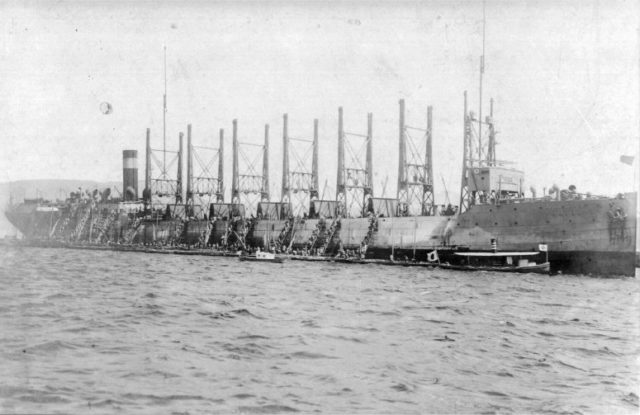
Seafaring sure is a small world. We mentioned sister ships earlier. Now here are some more, in the shape of the Proteus and the Nereus. They were constructed to complement the USS Cyclops, which disappeared a couple of decades earlier.
Departing from the Virgin Islands, the pair were packing bauxite – an ingredient of aluminum – but never made the drop-off. It also isn’t confirmed that they vanished in the Triangle, though the matter is so open-ended you surely can’t rule it out.
We Are The Mighty refers to Rear Admiral George van Deurs, who claimed the chemical cargo “would seriously erode the longitudinal support beams, thereby making them more likely to break under stress.” Of course, this was also wartime but no evidence exists that the craft were attacked by an enemy U-boat.
Flight 19 (1945)
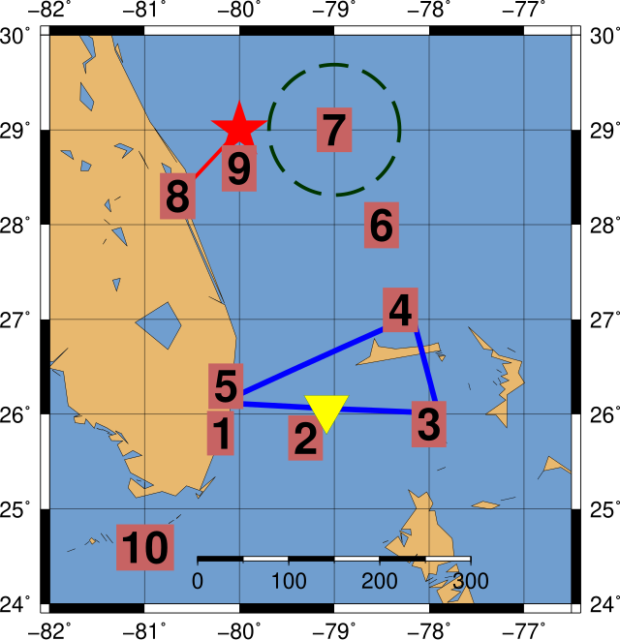
How did the idea of a dangerous and unknowable Triangle develop in the first place? The story of Flight 19 is seen as key to the maritime mythos. ABC News writes that the situation “sparked the legend” we talk about today.
Flight 19 actually comprised five planes, a bomber squadron which flew out from Fort Lauderdale on a training run. Twenty-seven men were lost. Adding to the mystery, a rescue team of 13 souls also failed to come back.
The Flight 19 squadron did send a couple of distress calls before their disappearance. As covered by We Are The Mighty, the men stated they were unable to establish their location. “Everything is wrong” was one description used. Also, that the area “looks strange.”
Sulphur Queen (1963)
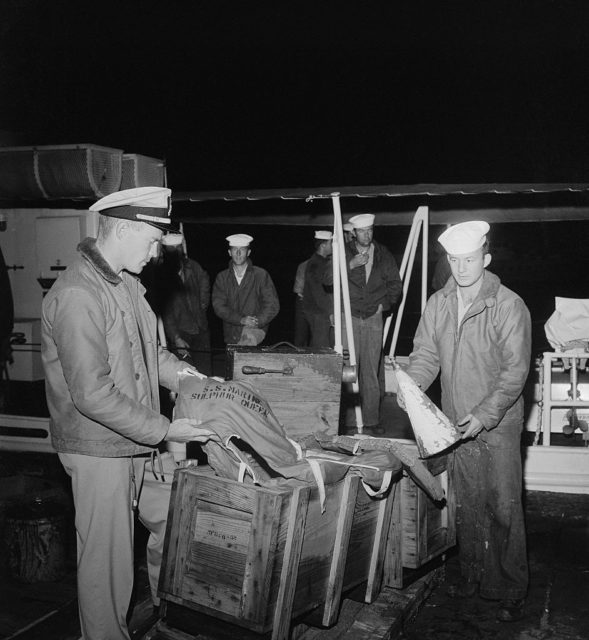
When the remains of what appeared to be an abandoned tanker’s crew were spat out of the surf in Florida, they joined the ranks of those apparently lost at sea in the Bermuda Triangle. The Sulphur Queen may have been over 500 ft in length but it vanished with ease on open water.
Mental Floss writes that a “completely normal radio message” was received, with no indication of what was to come. The tanker was going from Texas to Virginia, carrying 39 people.
Alarmingly, the ship had a tendency to catch fire, according to some reports. The Coast Guard deemed the Queen “nowhere near seaworthy,” writes ABC News. Still, sister ship the Sylvia L. Ossa also sank in Bermuda. Quite the coincidence, perhaps!
Great Isaac lighthouse (1969)
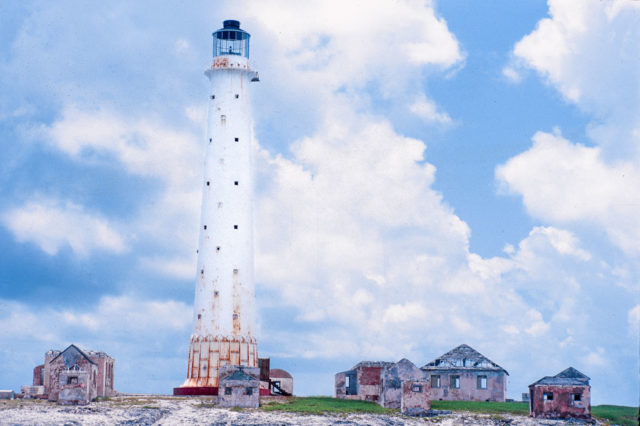
It isn’t just floating vessels that fall prey to the reputedly merciless Triangle. If you’re going to take the solitary life of a lighthouse keeper, then Great Isaac Cay in the Bahamas is surely the place to lay your cap. Unfortunately, it seems the mysterious influence of the location strikes, even on dry land.
The hardy lifesavers sadly lost their own – at least, they went missing and were presumed lost. Addressing ideas about the disappearance, Atlas Obscura notes: “a hurricane that passed through a few days prior is thought to be the likeliest culprit.”
That may be, yet the local legend of a shipwreck on the Cay, giving rise to a ghost known as the Grey Lady, doesn’t suggest this being a place of safety for mere mortals.
Super Skymaster (1971)
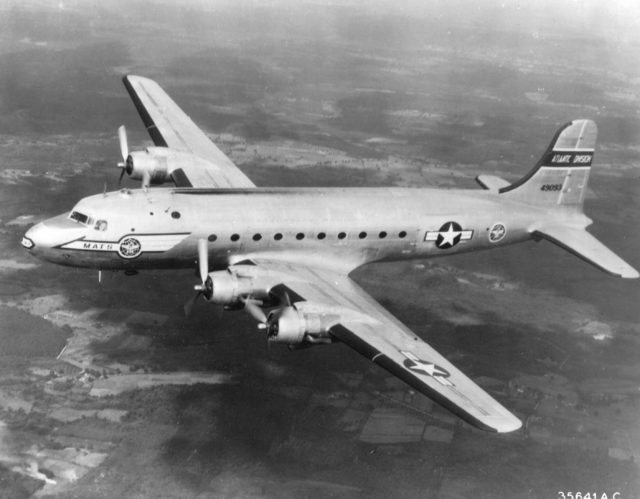
Another case that could potentially be seen as cut-and-dry concerns the C-54 Skymaster. It ran into a major storm in the Triangle, with destructive consequences.
Here, human behavior comes into play, as much as otherworldly forces that could have affected the flight. Bermuda Attractions reports on the strange idea that a plane with an experienced crew would get into such a dramatic situation to begin with.
More from us: The Lake Michigan Triangle: And You Thought The Bermuda Triangle Was Bad
Debris was discovered but the truth behind what led to the air disaster lies up there in the clouds of the Bermuda Triangle.
